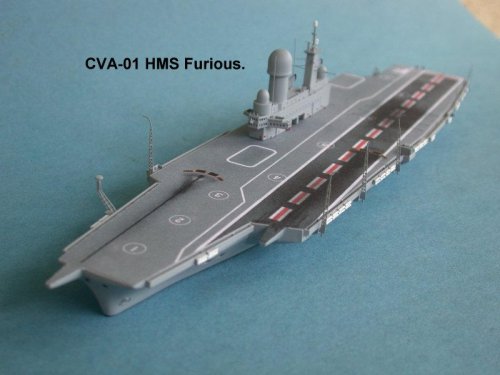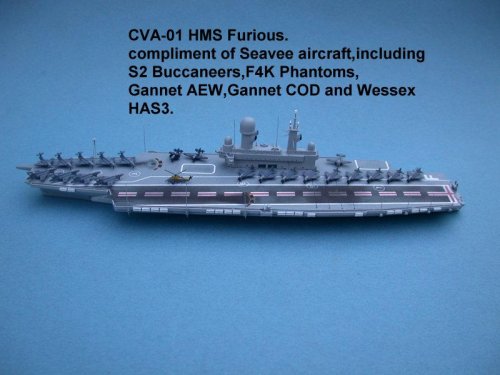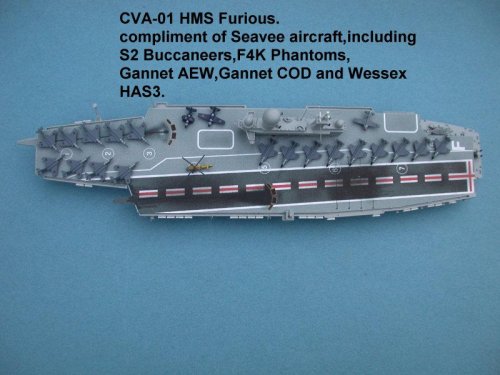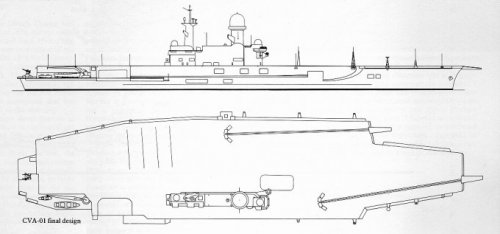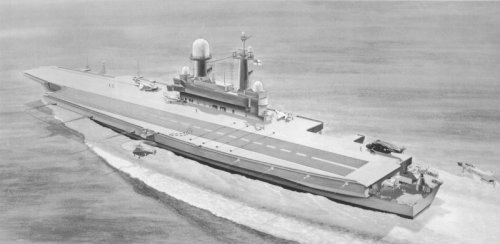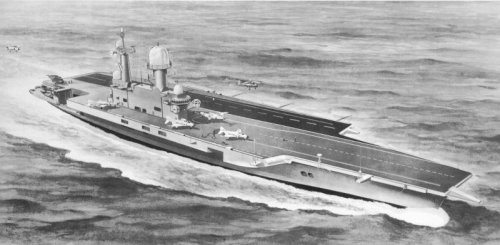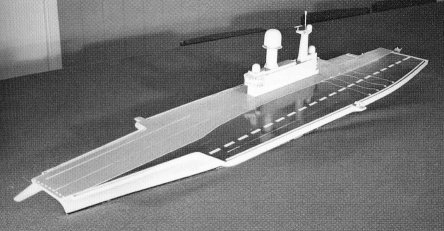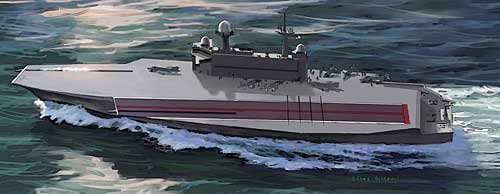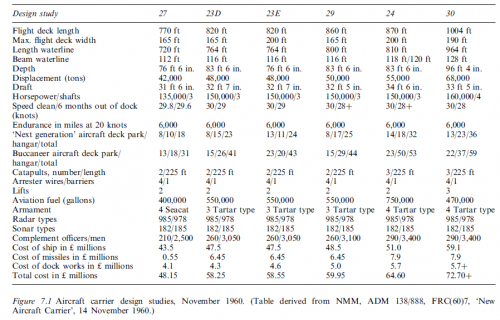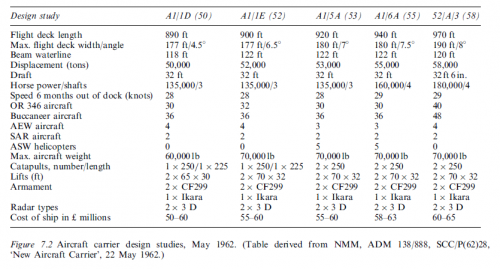Triton asked
HMS Queen Elizabeth? Should it not be HMS Queen Elizabeth II to be named for the current monarch?
Strictly and logically speaking, I suppose you are right. But:
1. traditionally the first ship of the line in a monarch's reign was
Royal George, or
Royal Edward etc, taking no account of the number of kings of that name. But King Edward VII broke with tradition, preferring ... HMS
King Edward VII, a title he had chosen himself, in spite of being known for decades as Prince Albert before he became king.
The second HMS
King George V was so named at the insistence of King George VI, (with his brother, the uncrowned and abdicated King Edward VIII commemorated by his former title (HMS
Prince of Wales) and King George VI himself by his former title (HMS
Duke of York)
2. HMS Queen Elizabeth is a (so far) unique name in the Royal Navy, but a very famous one, giving (good?) reason to revive it, and
3. they are Her Majesty's ships, and she approves the names, as did the monarchs before her.
Tradition is a funny thing, sometimes reviving things buried in the past (like this thread!)

